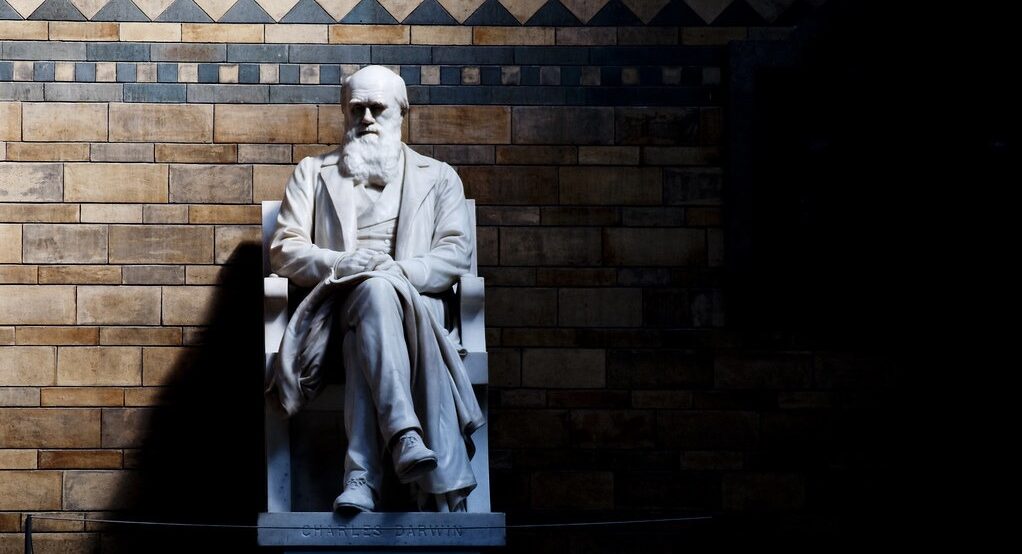Fossils: From Myth to Science
It took humanity millennia to transition from viewing large bones as relics of mythical creatures to recognizing them as evidence of extinct animals. The first significant step came in 1676 when Robert Plot, an English naturalist, described and illustrated a large thigh bone in his book “Natural History of Oxfordshire.” Although he believed it belonged […]
Fossils: From Myth to Science Read More »




















